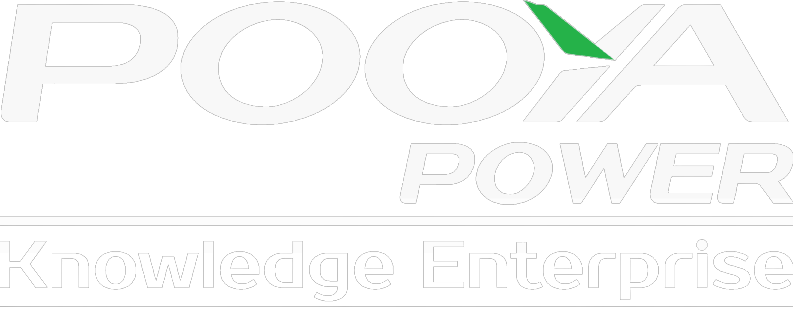In the realm of overhead conductors, efficiency and reliability are crucial. AAC/TW conductors, produced by Pooya Power Knowledge Enterprise, are composed of trapezoidal 1350-H aluminum wires, ensuring enhanced current transmission and reduced energy loss.
Technical Specifications:


In the realm of overhead conductors, efficiency and reliability are crucial. AAC/TW conductors, produced by Pooya Power Knowledge Enterprise, are composed of trapezoidal 1350-H aluminum wires, ensuring enhanced current transmission and reduced energy loss. Their compact design and reduced diameter further optimize performance, while also minimizing the impact of aerodynamic forces on the conductor. These conductors offer versatility and suitability for low, medium, and high voltage lines, as well as short and medium spans.
AAC/TW conductors, also known as all-aluminum conductors with trapezoidal wires, stand out for their aluminum composition, unlike traditional ACSR conductors that include a steel core. The trapezoidal wire design contributes to their efficiency, enabling improved electricity transmission with reduced loss (approximately 10% to 15%).
The combination of fully aluminum strands alongside their trapezoidal cross-sections and compact design results in lower electrical resistance compared to ACSR conductors and even their counterparts, AAC/RW conductors with round strands. These factors contribute to reduced mass per unit length of the conductor, decreased line losses (between 10 to 15 percent), minimized aerodynamic forces impacting the conductor, and improved self-damping performance of AAC/TW conductors. While aluminum has lower mechanical strength than steel, AAC/TW conductors are well-suited for shorter and medium spans. Moreover, they exhibit exceptional corrosion resistance, forming a protective oxide layer that enhances longevity, especially in coastal and humid environments.
Key benefits of AAC/TW conductors include:
-Enhanced current transmission and reduced energy loss
-Compact design and reduced diameter
-Lower impact of aerodynamic forces on the conductor
-High electrical conductivity and minimal electrical resistance
-Superior corrosion resistance

